Report this entry
More from the same community-collection
Fray Garcia De San Francisco - El Paso, Texas
On September 26, 1996, Houser installed in downtown El Paso, a ...
Susan Shelby Magoffin - El Paso, Texas
Susan Shelby Magoffin returned to the Santa Fe Trail on Saturday ...
Susan Shelby Magoffin - El Paso, Texas
Susan Shelby Magoffin returned to the Santa Fe Trail on Saturday ...
German Air Force HAWK Training Area at Fort Bliss
Instructor at demonstration of maintenance HAWK weapon system.
German Air Force HAWK Training Area at Fort Bliss
Instructor at demonstration of maintenance HAWK weapon system.
German Air Force HAWK Training Area at Fort Bliss
Instructor at demonstration of maintenance HAWK weapon.
German Air Force HAWK Training Area at Fort Bliss
Instructor at demonstration of maintenance HAWK weapon.
German Air Force HAWK Training Area at Fort Bliss
Command post HAWK at the training area at Fort Bliss.
German Air Force HAWK Training Area at Fort Bliss
Study of technical documents at the training area.
German Air Force training at the HAWK weapon system.
Training at the Fort Bliss dessert area. Loading HAWK launcher.

















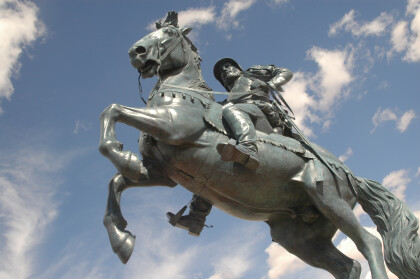
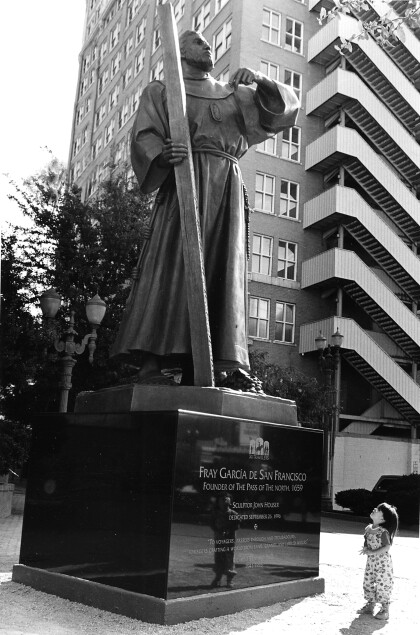
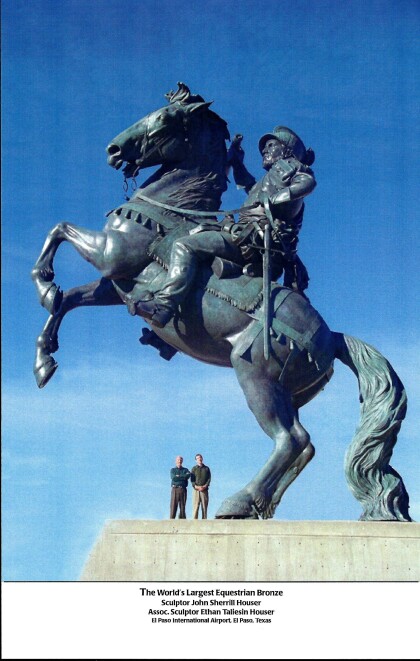
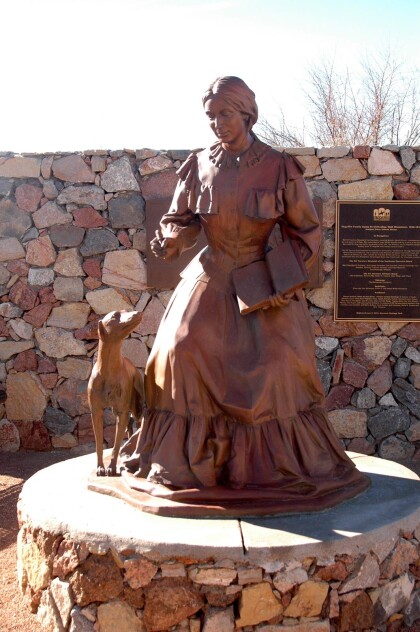
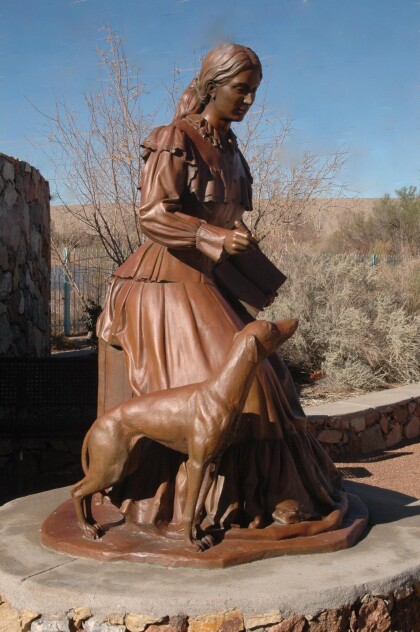
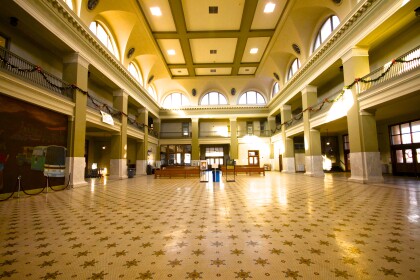
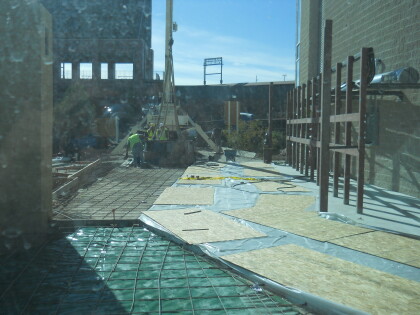
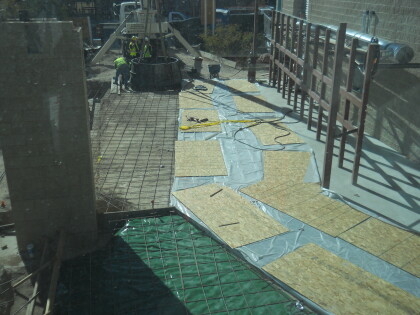
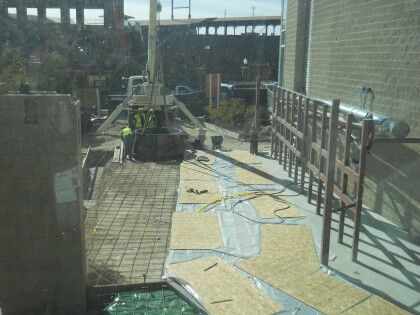
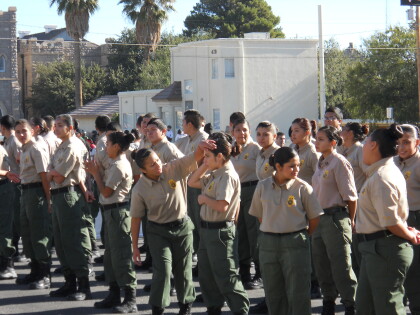


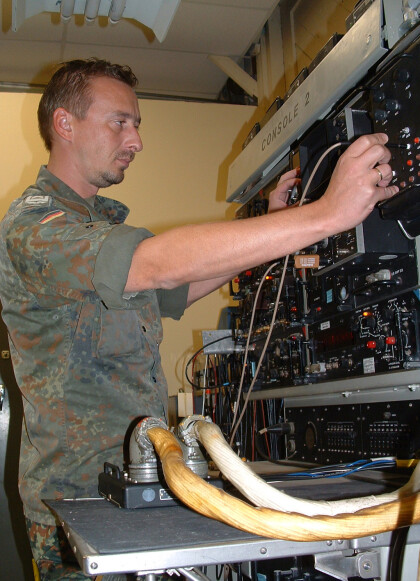
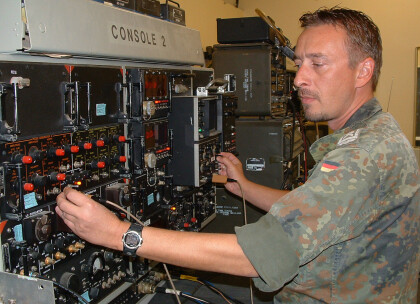
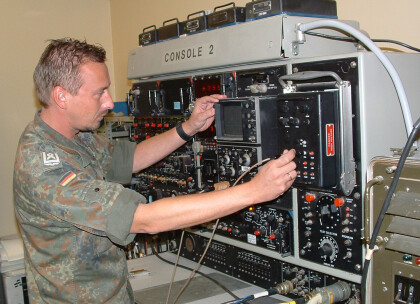
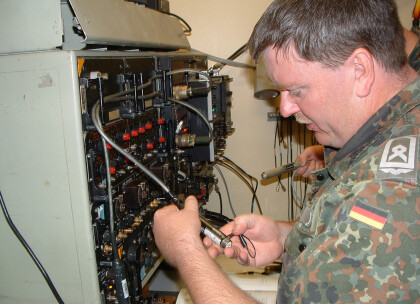
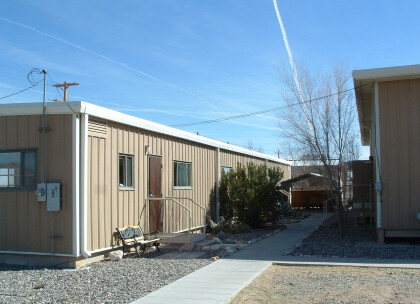
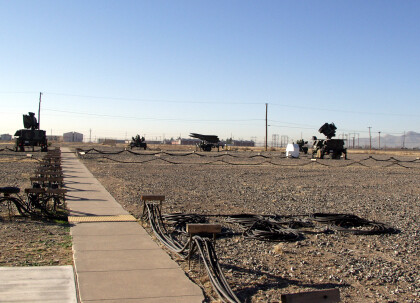
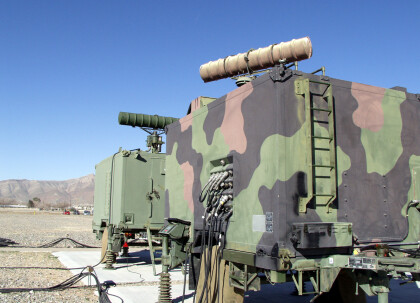
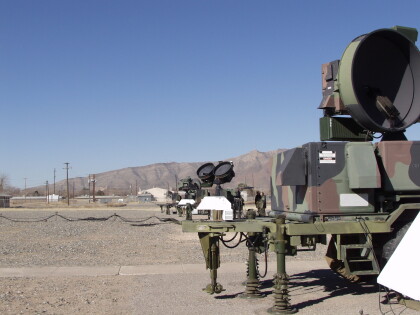
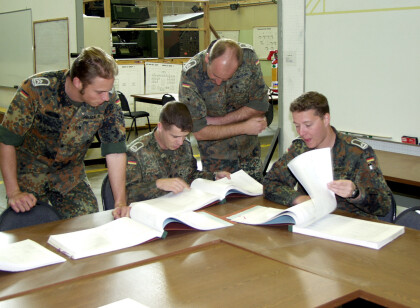
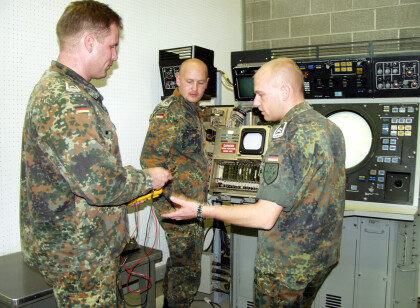
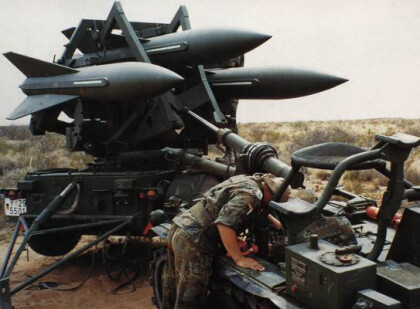
Comments
Add a comment